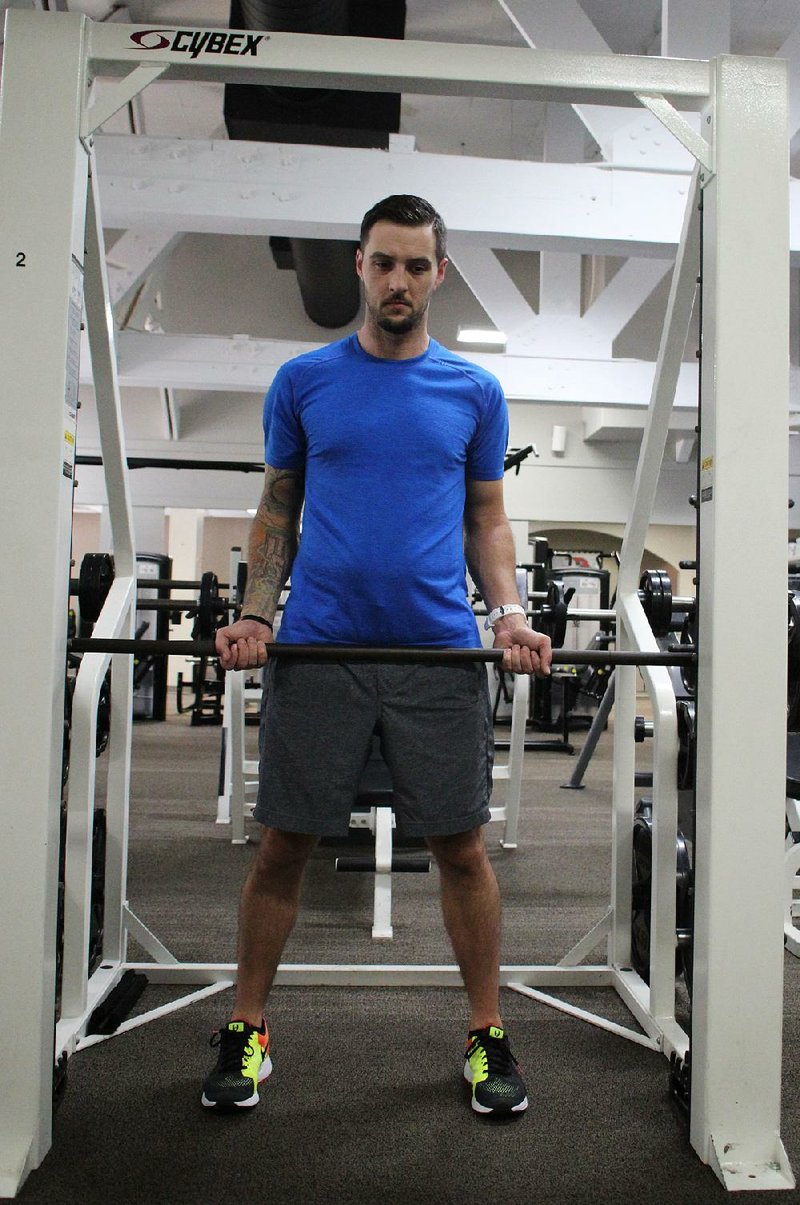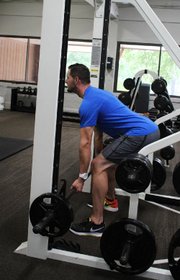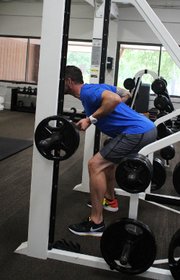Grip position is an aspect of strength training that receives very little attention, except among very experienced exercisers. While grip position won't make or break one's workout, it does matter.
This week, I'll cover the fundamentals of grip position and also highlight some safety considerations. In addition, I'll present an exercise that can be performed with varied grip positions depending on user preference.
How you grip bars, machine handles and dumbbells typically falls into the category of common sense, but little tweaks here and there can dramatically change the focus and safety of an exercise.
The first thing to be aware of is the placement of the thumb. There are two options, the regular grip (thumb wrapped around the bar) and the false grip (thumb not wrapped around bar). The regular grip is far safer and really should be used in all circumstances. False grips sometimes are suggested in bench press instructions, but, seriously, barbells can slip and fall, landing on the exerciser's chest or neck.
This is a serious risk that should be avoided.
Outside of thumb position, the grip can be altered by adjusting one's wrist relative to the bar. To understand the various positions, let's examine them from the point of view of one basic exercise -- the standing barbell bicep curl.
An underhand grip is the most common way to grip the bar for this exercise, which requires the user's palms to face upward while holding the bar. However, one could turn his palm downward, hands on top of the bar, and also perform the exercise. This is known as an overhand grip. Finally, a neutral grip could be used if dumbbells were used rather than a barbell.
Each of the three basic grip positions presents challenges as well as advantages, including the load placed on certain muscles. During this exercise, the underhand grip optimally challenges the biceps brachii but underutilizes the brachioradialis compared to the overhand grip. Brachialis is addressed more directly with a neutral grip. In terms of wrist and elbow comfort, the neutral grip also wins.
The take-home message on grip position is to use what feels natural and comfortable without sacrificing safety. The No. 1 role of the grip is to hang onto the bar, so keep that in mind.
This week's exercise is a variation of grip position during a bent over row.
1. Load a Smith press bar with light-to-medium weight. Position the bar at your waist level while it's racked on the machine.
2. Grasp the bar with an underhand grip with your hands just beyond shoulder width apart.
3. Release the bar from the machine and lean forward until your chest is facing the floor with your lower back flat.
4. Allow your arms to extend toward the floor.
5. Pull the bar back up toward the center of your chest by squeezing the muscles between the shoulder blades.
6. Pull the bar all the way up until it touches your chest, then lower and repeat for 12 repetitions.
This is an excellent exercise that will not only challenge traditional thinking with regard to grip position, but also provide a good opportunity to strengthen the entire back musculature.
Matt Parrott has a doctorate in education (sport studies) and a master's in kinesiology and is certified by the American College of Sports Medicine.
ActiveStyle on 07/13/2015



